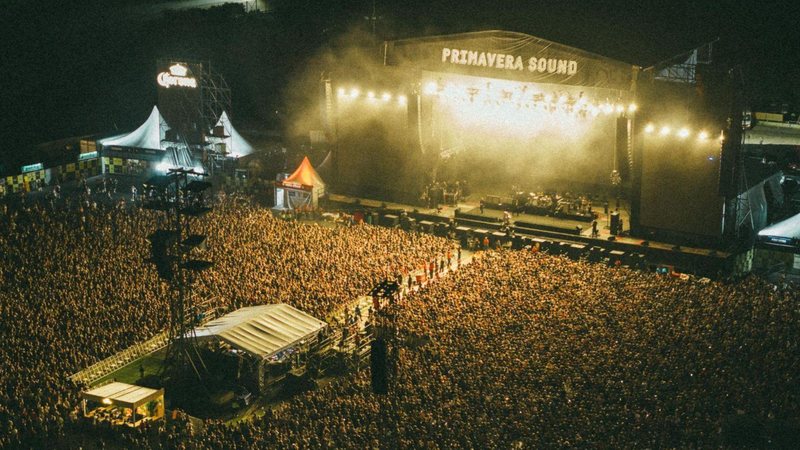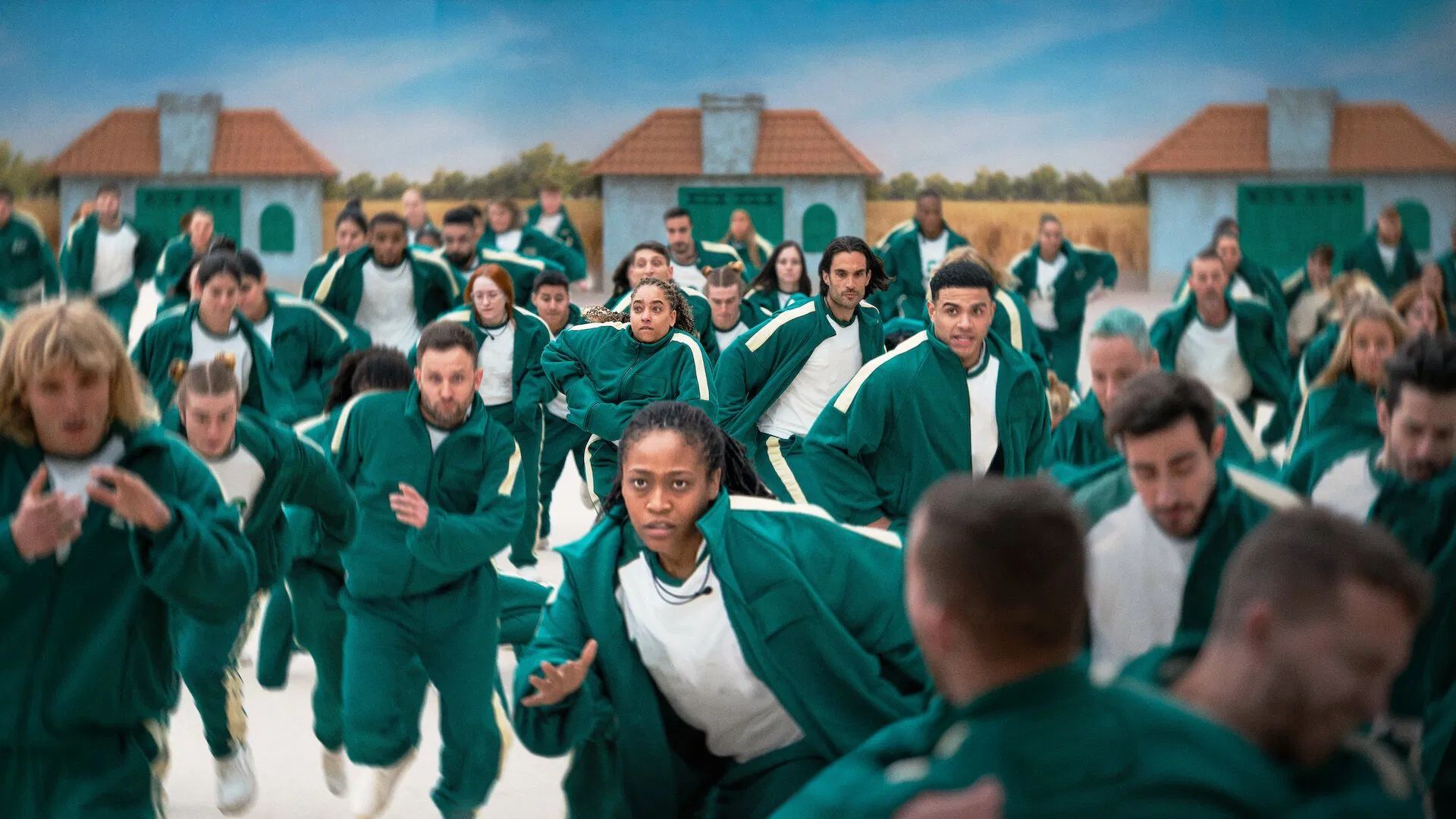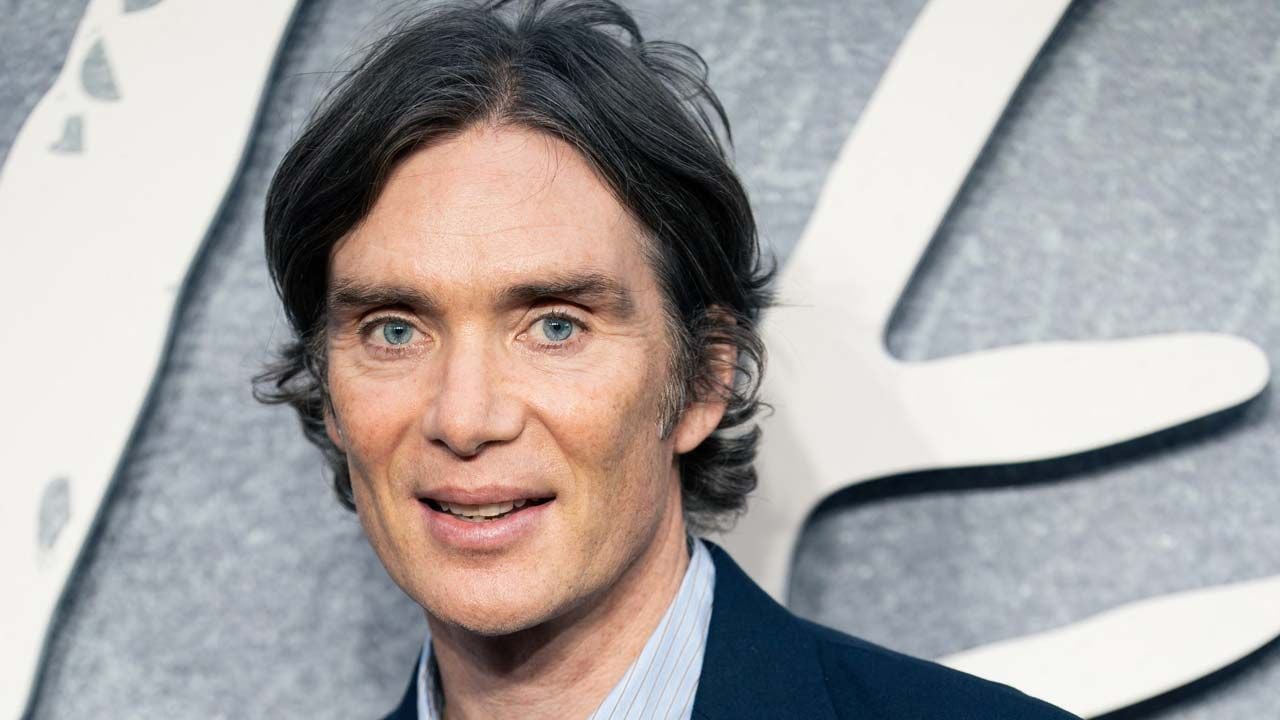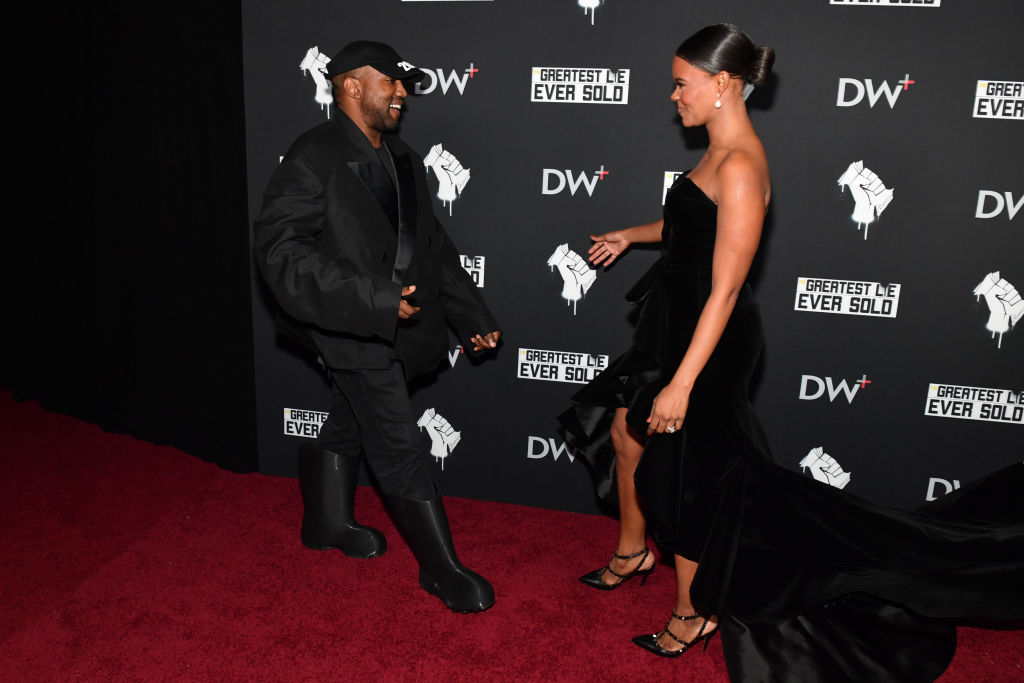With high demand, inflation and dynamic prices, shows saw elitized experiences that require planning and financial sacrifice
Shows have been affordable for collective celebration – now, often require planning, installment and sacrifice. What has changed in how we live live music?
For a long time, going to a show was a spontaneous decision. It was enough to find that his favorite band would come to the city, gather friends, buy the ticket and play in the experience. Today, this reality seems increasingly distant. Seeing an artist up close has become an event that requires financial and emotional preparation.
Just look at the increase in ticket prices around the world. According to data from BBCin the last year the values alone rose 23%, accumulating almost 50% increase since the beginning of the pandemic. This rise is not restricted to international markets – the Brazilian scenario reflects the same climb.
Node Rock in Rio From 2001, for example, the ticket cost $ 35 – the equivalent of 20% of the minimum wage of the time. In 2024, the amount of the entire entry jumped to $ 795, compromising more than half of one minimum wage. It is a growth that does not accompany inflation, but exceeds the accumulated period by almost 400%.
In 2024, the ticket for a day of Lollapalooza Brasil reached R $ 1,320, equivalent to a minimum wage; And even without the disclosure of the attractions, the “Early Bird” tickets Spring Sound São Paulo (later canceled) were sold at $ 1,200.
The phenomenon is not exclusive to mega events. The singer Dua Lipafor example, saw their tickets in Sao Paulo increase between 68% and 283% from 2017 to 2025, depending on the sector.
Installment became the new rule
With such high values, a new consumer culture has emerged: the installment was an essential part of the experience. Node Coachella 2025, about 60% of the public divided the payments. In Brazil, this common practice spread, especially among young people who do not want to give up their idols on stage. For example, tickets for Bruno Mars In Brazil, in 2023, they reached R $ 1,250 (premium track), and yet, all tickets were sold quickly.
This logic also gets worse with the use of dynamic price – common practice on platforms such as Ticketmaster abroad. The value of the ticket varies according to the demand (equal to order car via application), which means that those who take a long time can end up paying much more. This makes access even more uncertain and unequal.
But after all, why are tickets more expensive?
The reasons vary, but among the main ones that stand out:
- High postpandey demand
After the hiatus caused by COVID-19, there was an explosion of demand for shows and festivals. A lot of people were thirsty for living live experiences again. This raised prices naturally by the basic rule of supply and search. According to a report from Live nationthe global ticket sales in 2022 was the largest in the company’s history, with an increase of more than 30% compared to 2019.
- Inflation and increased production costs
Everything became more expensive – equipment, airline tickets, accommodation, transportation, team food, safety, space rental. These costs are passed on to the end consumer.
For example, with the high dollar, bringing major international tours to Brazil becomes even more expensive. The value of the ticket needs to cover this exchange rate difference.
- Megashows structure
Today, great artists bet on increasingly grand productions – with visual effects, pyrotechnics, mobile stages, multiple dates in the same place. This makes it costs the cost of each show individually. For the same reason, many event producers choose to bring more “lean” structures to shows here, trying to make final costs viable.
- VIP area
The proliferation of “Premium”, “VIP”, “Gold” and the like transforms part of the audience into exclusive products – and with much higher prices.
- New consumer logic
Entertainment has become a priority for many people, especially among young people. Even indebted, many prefer to spend on “unique experiences” than on material goods. This makes the market realize that it can charge more – and people will still pay, even in installments.
- Artists earn less from recorded music
With streaming, the recipe from the sale of albums and singles fell a lot. The stage has become the main source of income for many artists – especially those who do not have an old catalog with millions of streams. This pressures the need to profit more with tours.
On average, artists have only 12% to 20% of the revenue of a ticket, according to a survey by Rolling Stone USA. The rest goes to production, promoters, fees and platforms.
Shows are culture, not luxury product
In the United States, the phenomenon known as “Funflation” describes a significant increase in live entertainment prices, including shows, sporting events and amusement parks. A research conducted by the The Wall Street Journal in partnership with CREDIT KARMA He revealed that 60% of respondents had to cut spending on live entertainment events due to high prices.
Behind the numbers and sales strategies, there is something deeper at stake: live music is first and foremost a collective experience. A show is not just a show, but a meeting space, belonging and celebration. When this access becomes limited by economic factors, the risk is to transform culture into a privilege.
Given this, is the question that echoes among fans, producers and artists: To what extent is it worth paying (or to get into debt) for those moments? And, more importantly, how to ensure that music remains for everyone?
+++ Read more: Beyoncé’s cowboy Carter tour has thousands of non -sold tickets
+++ Read more: how much was cost of the first lollapalooza – in updated value for 2025
+++ Read more: Learn why Linkin Park fans are complaining about shows in Brazil
+++ Read more: Is Lollapalooza lineup weaker in 2025? Director responds
Source: Rollingstone
Earl Johnson is a music writer at Gossipify, known for his in-depth analysis and unique perspective on the industry. A graduate of USC with a degree in Music, he brings years of experience and passion to his writing. He covers the latest releases and trends, always on the lookout for the next big thing in music.









